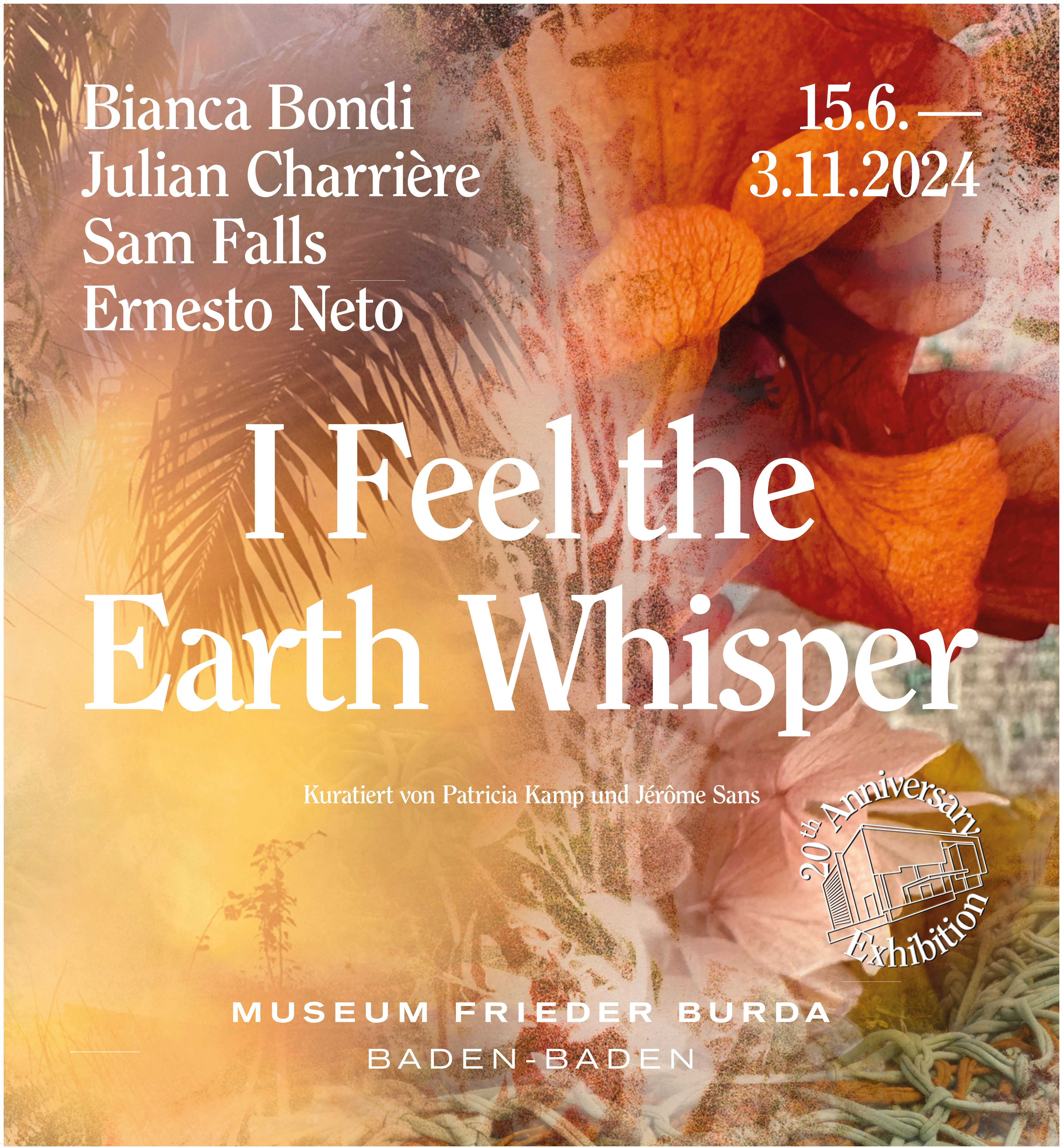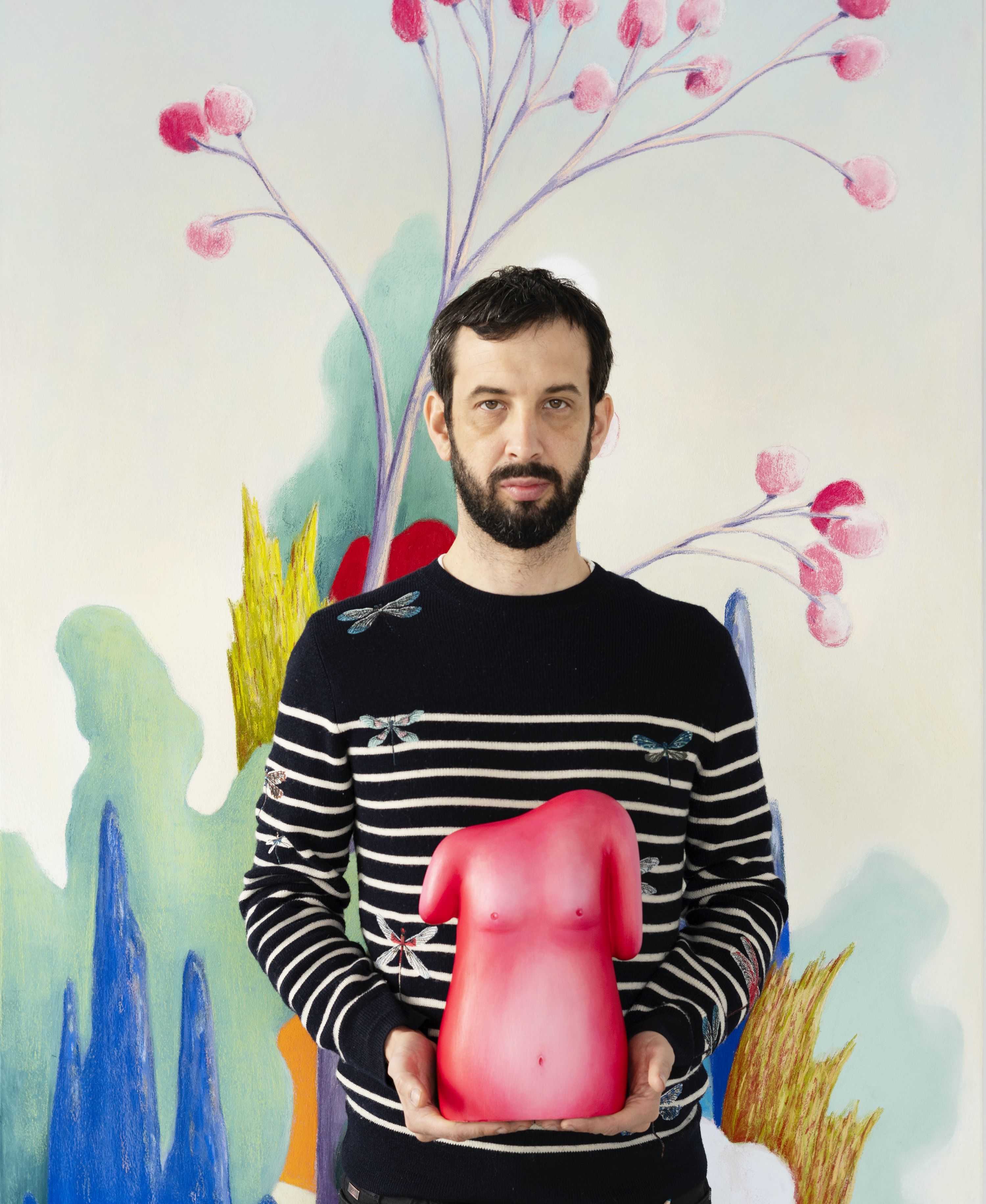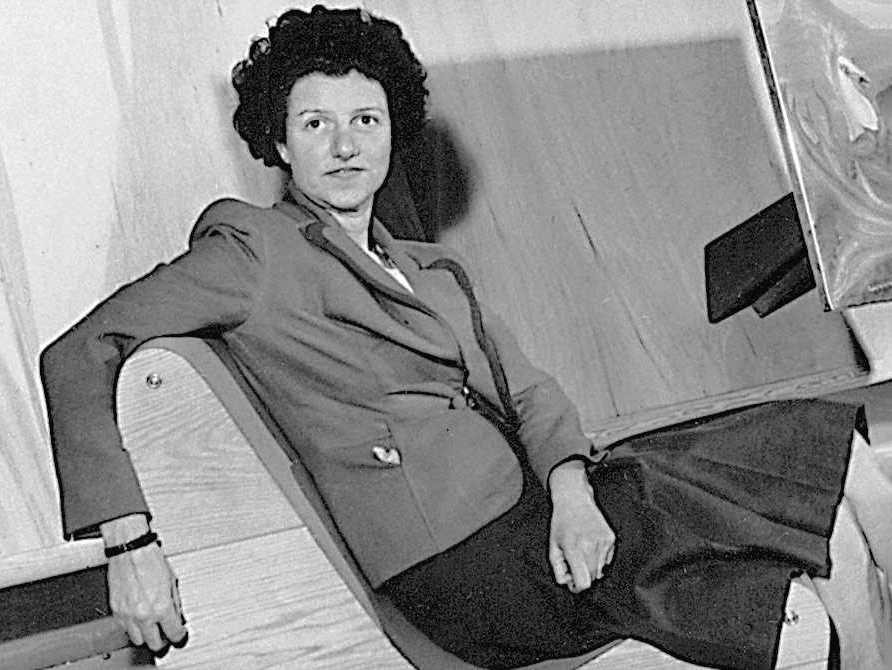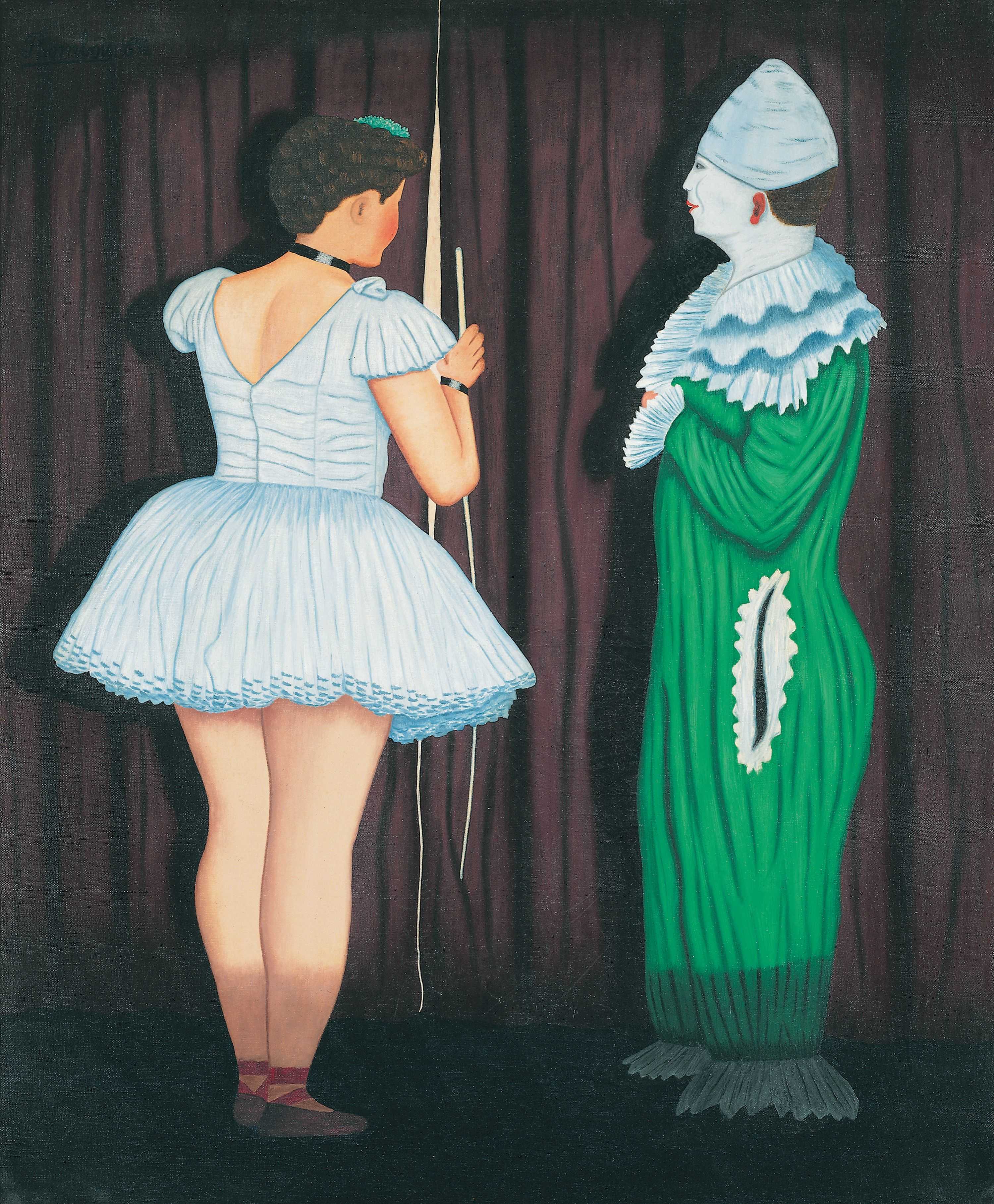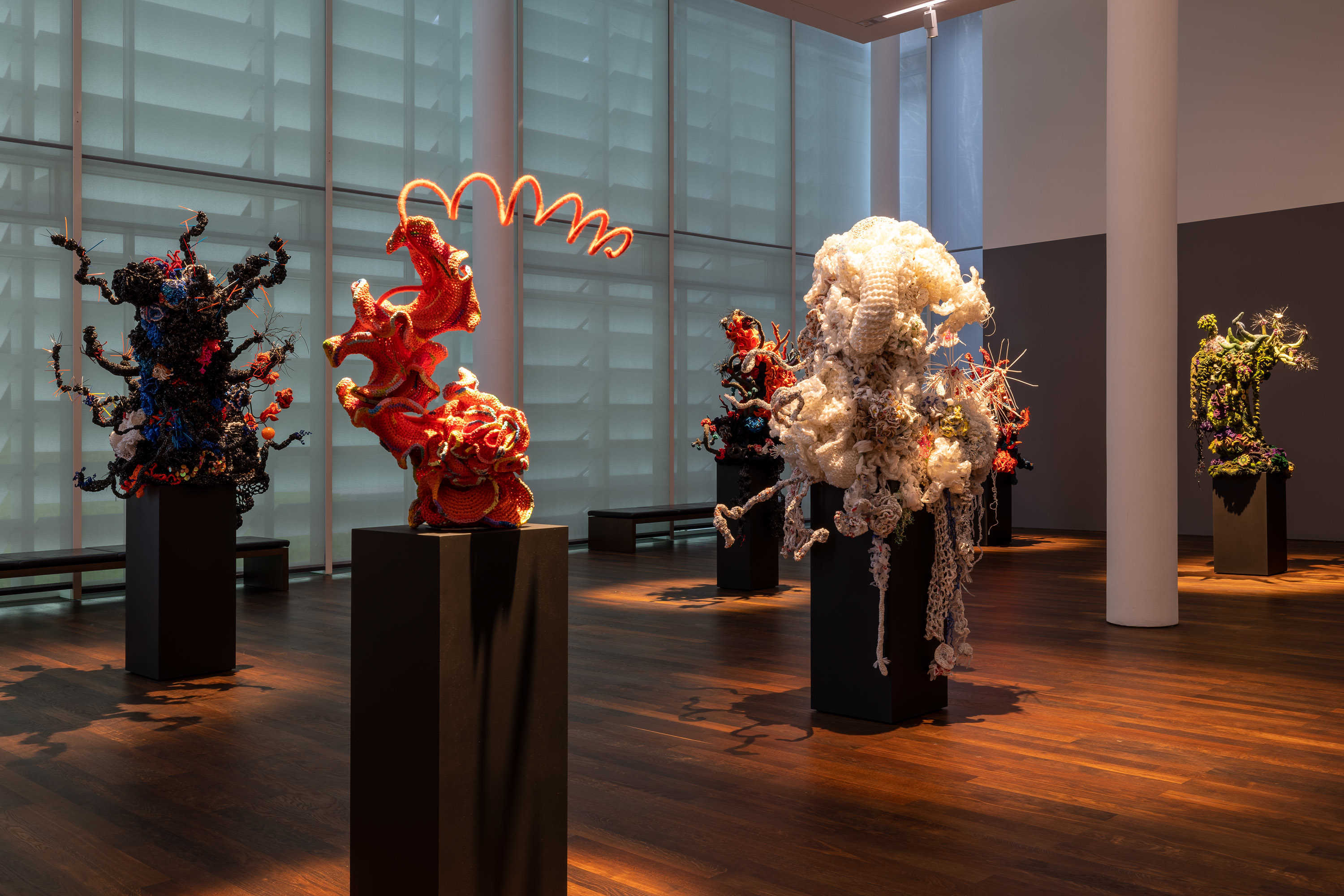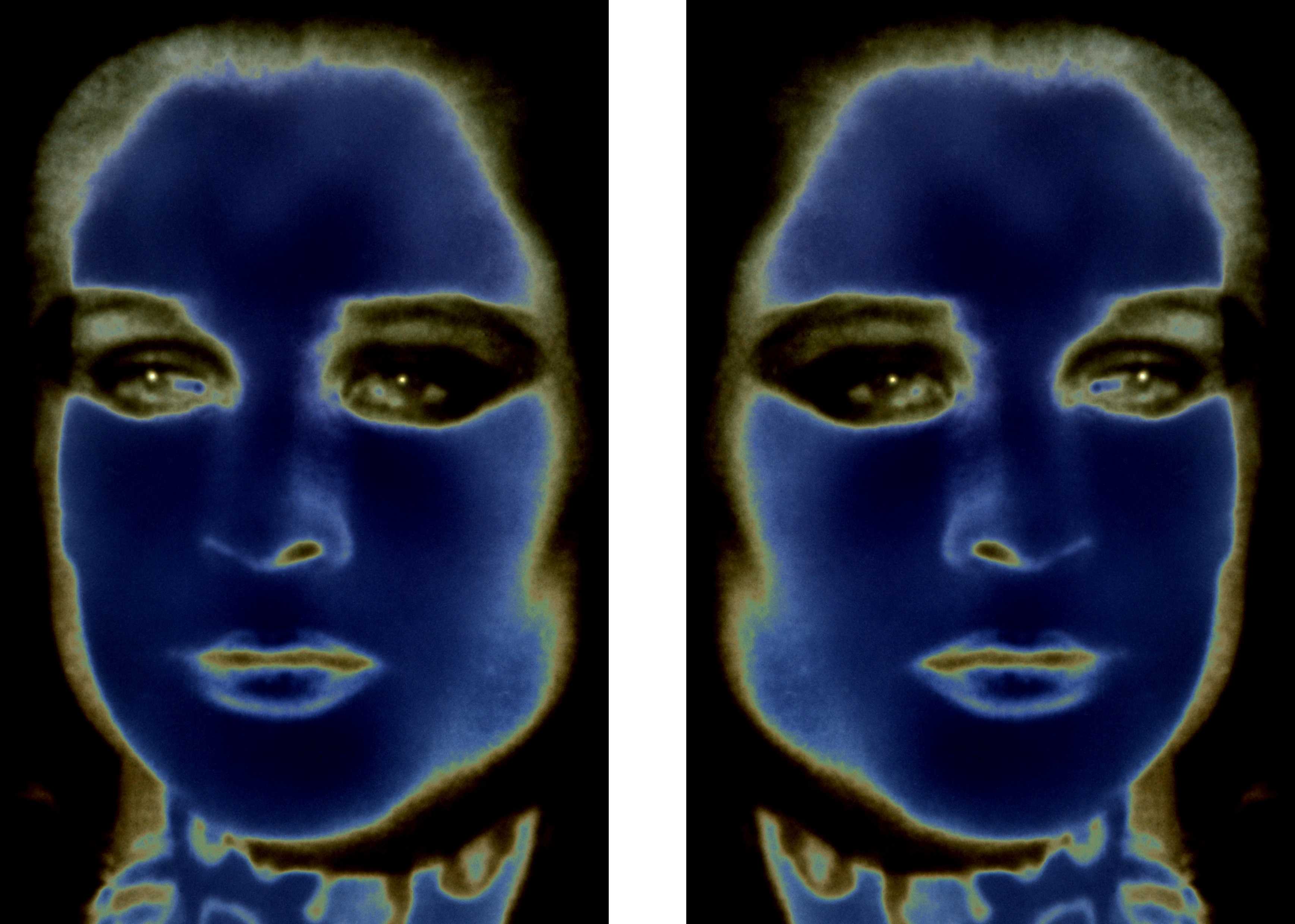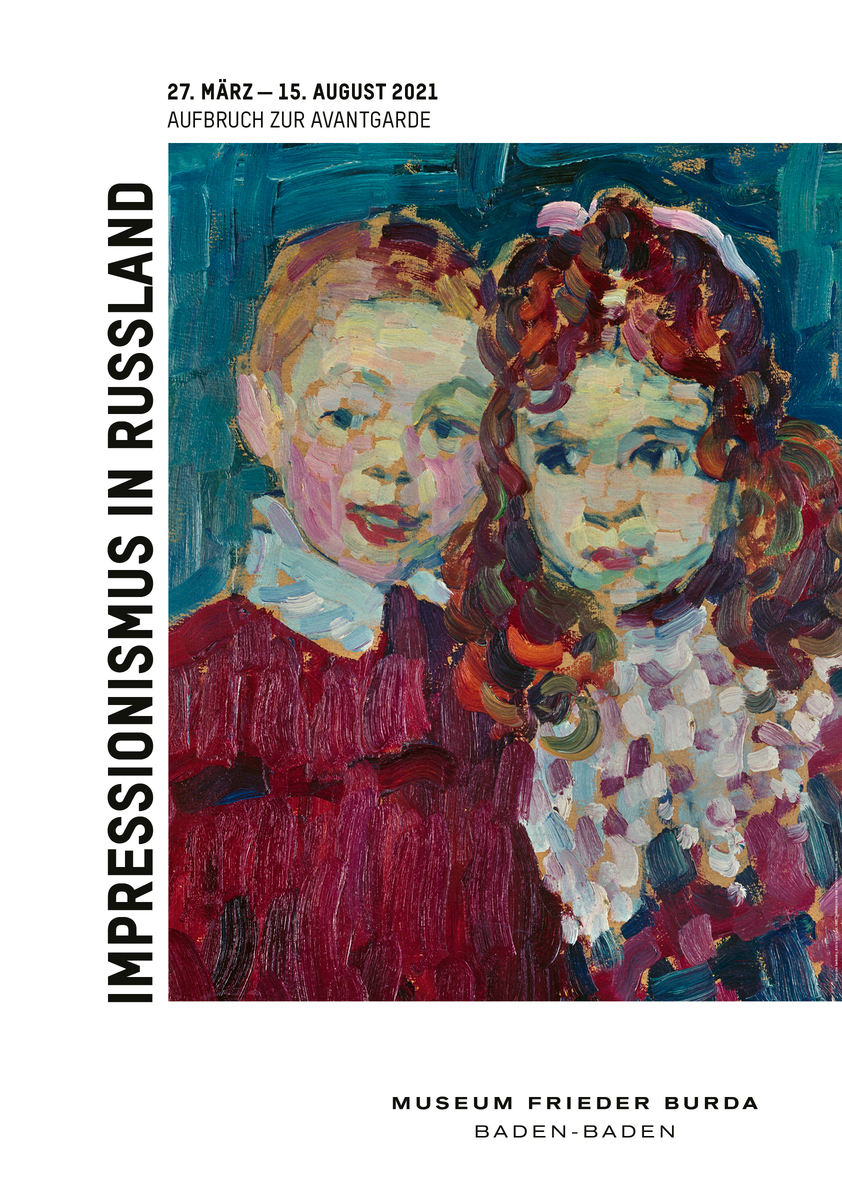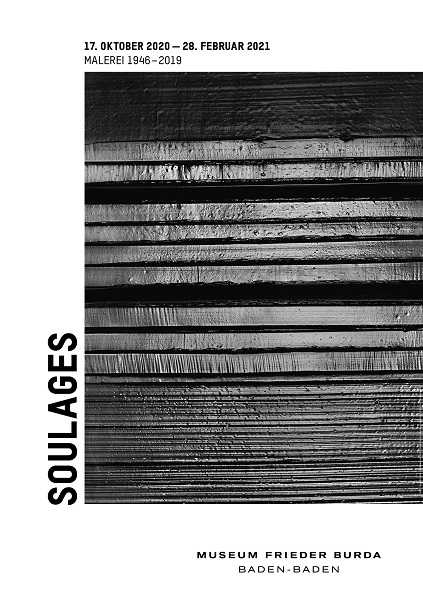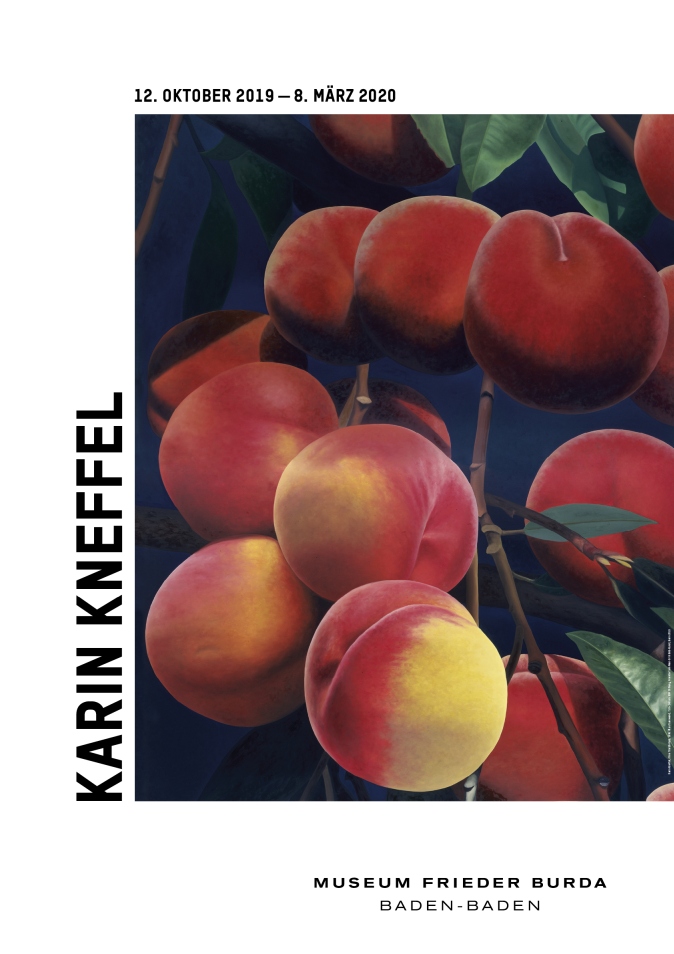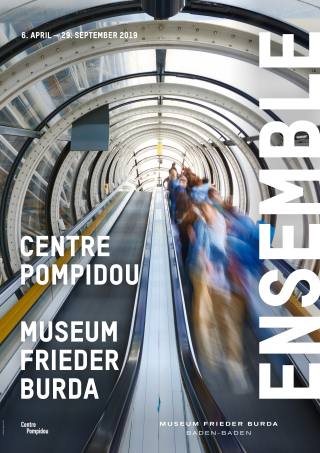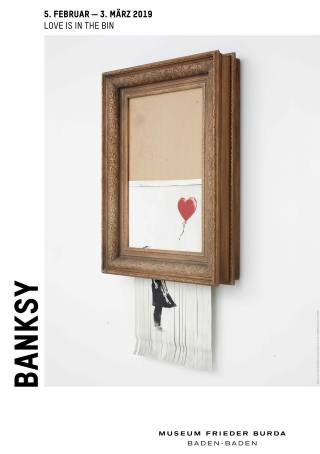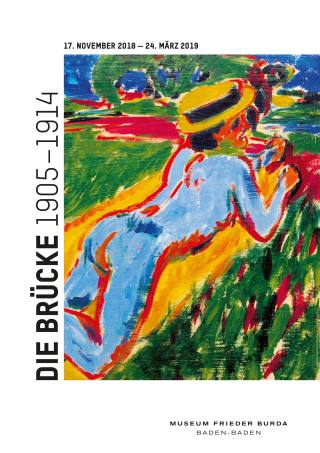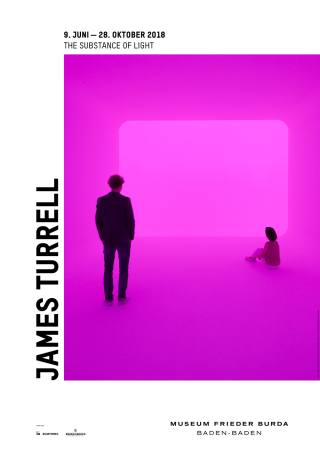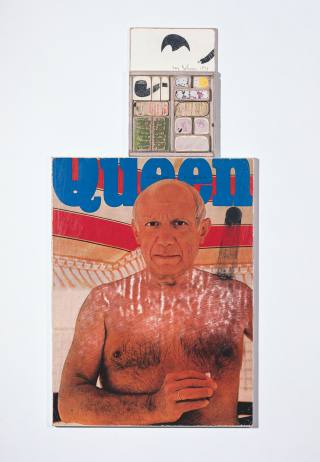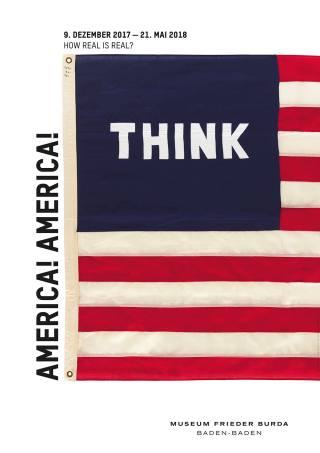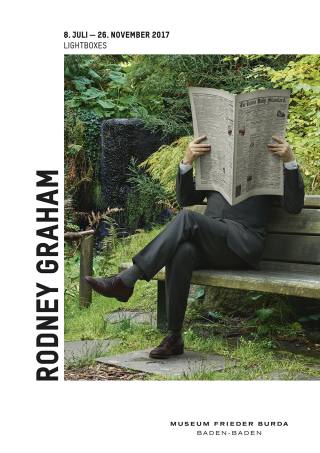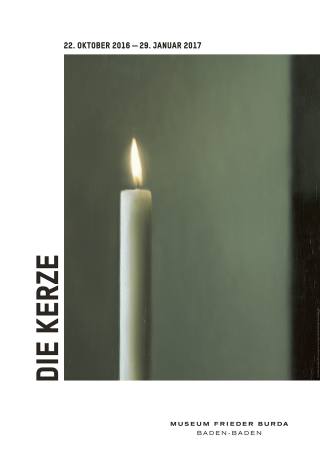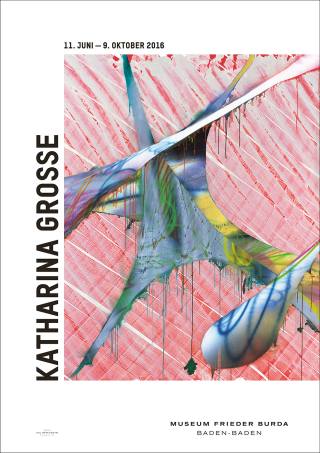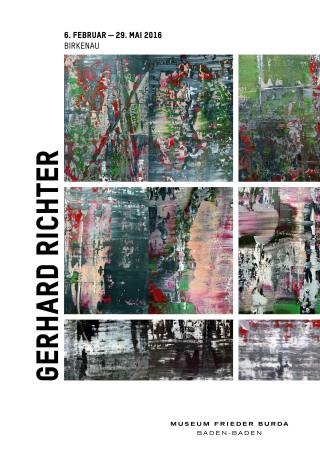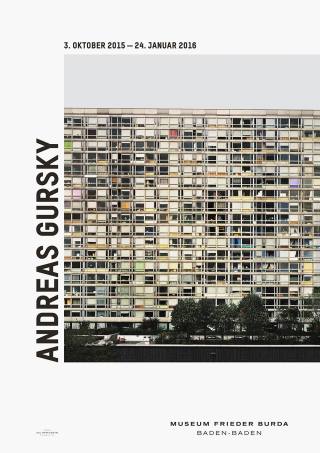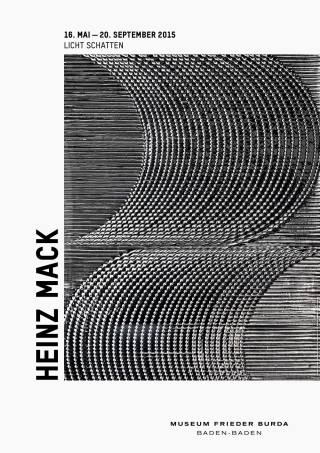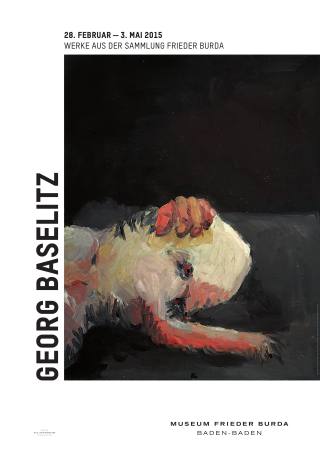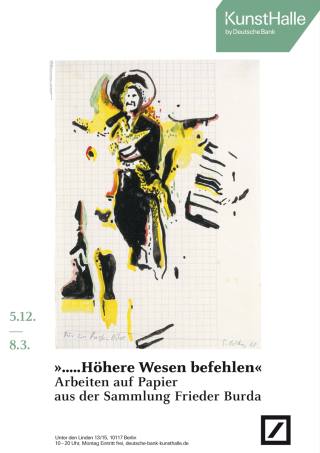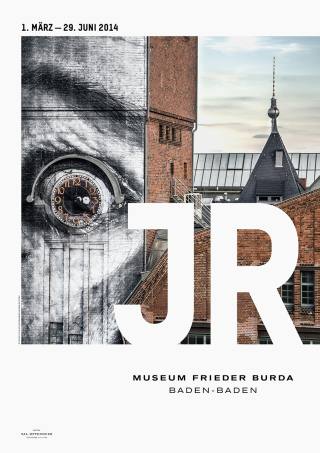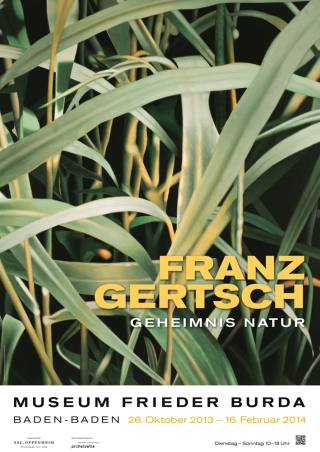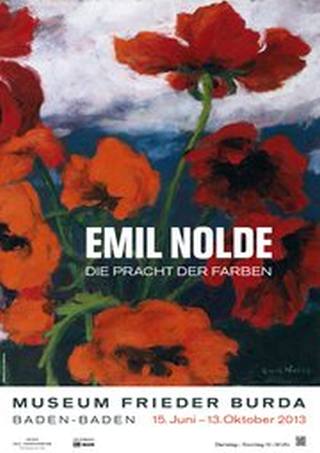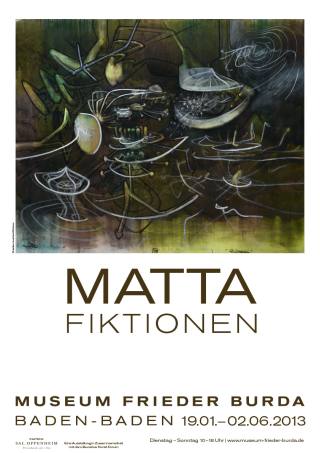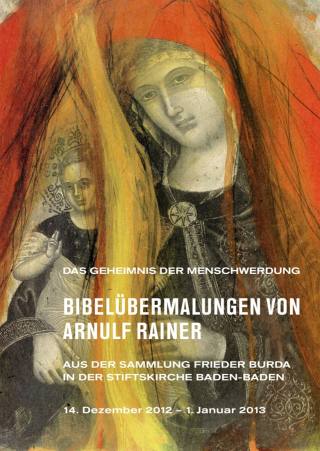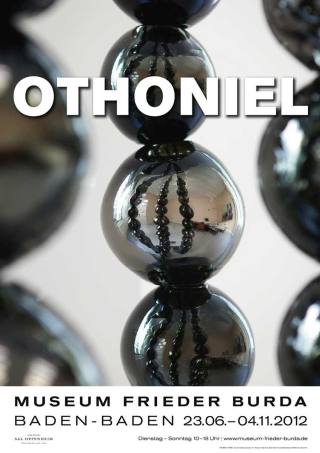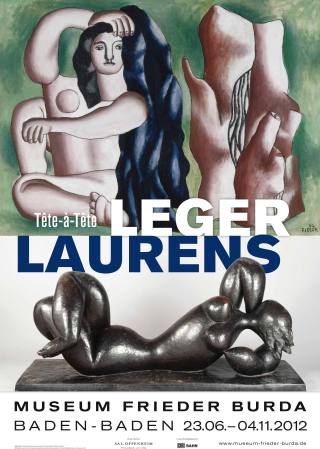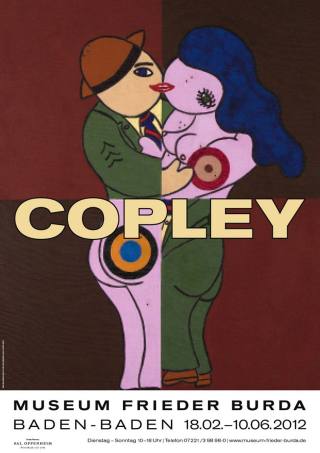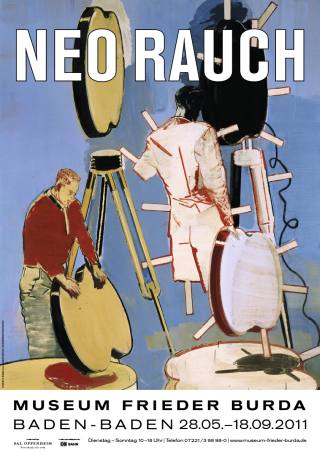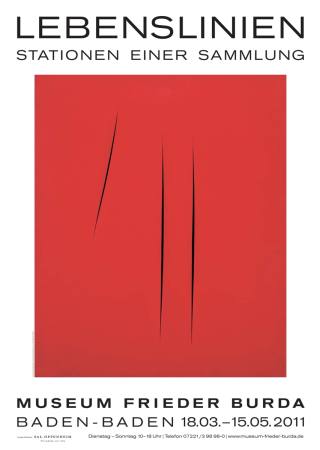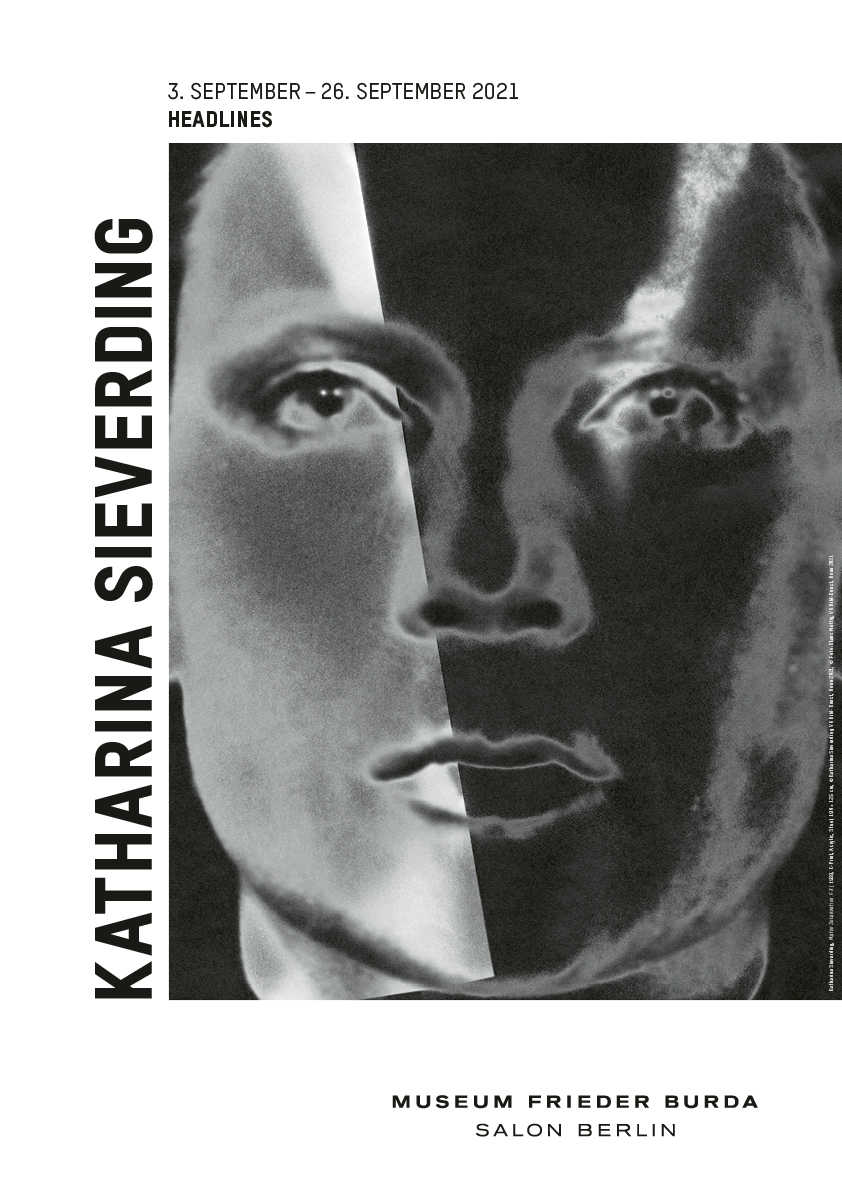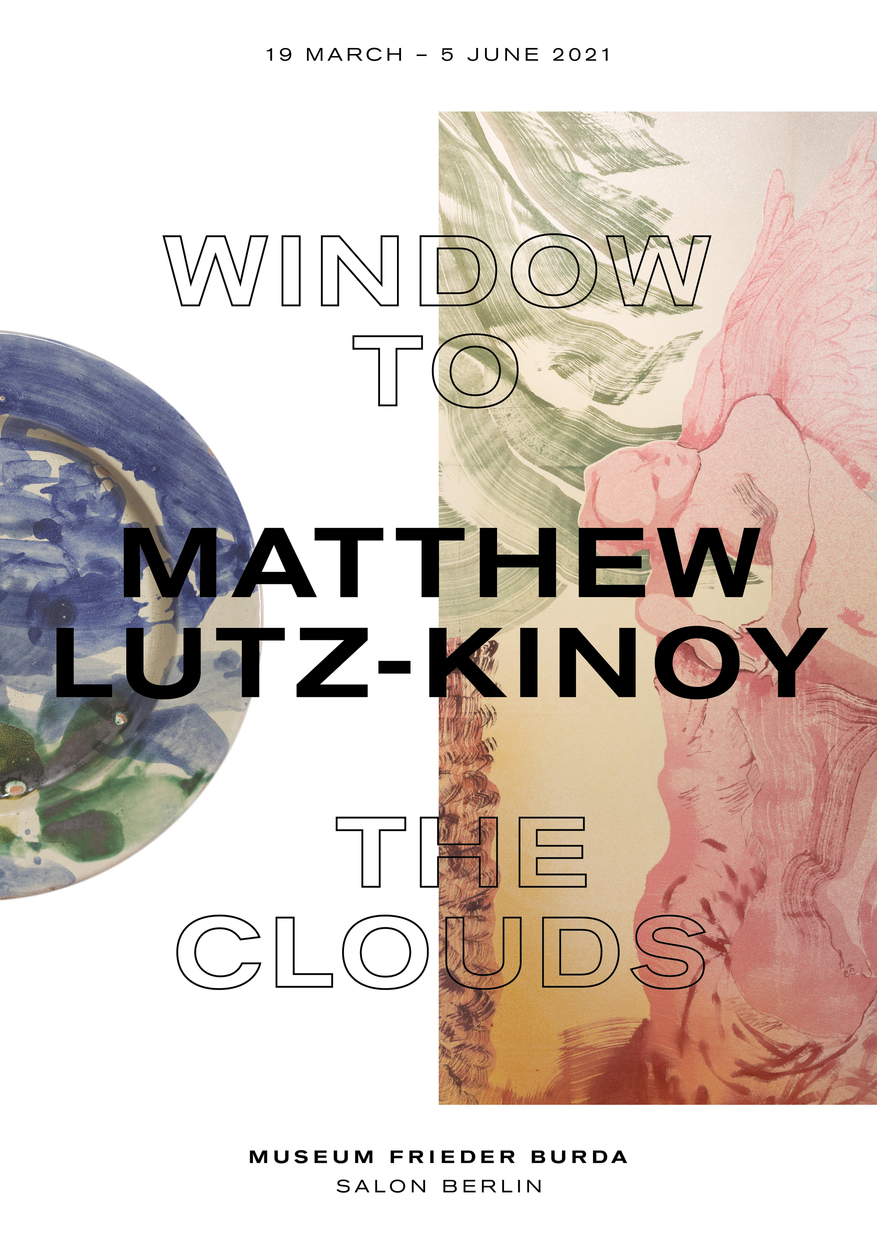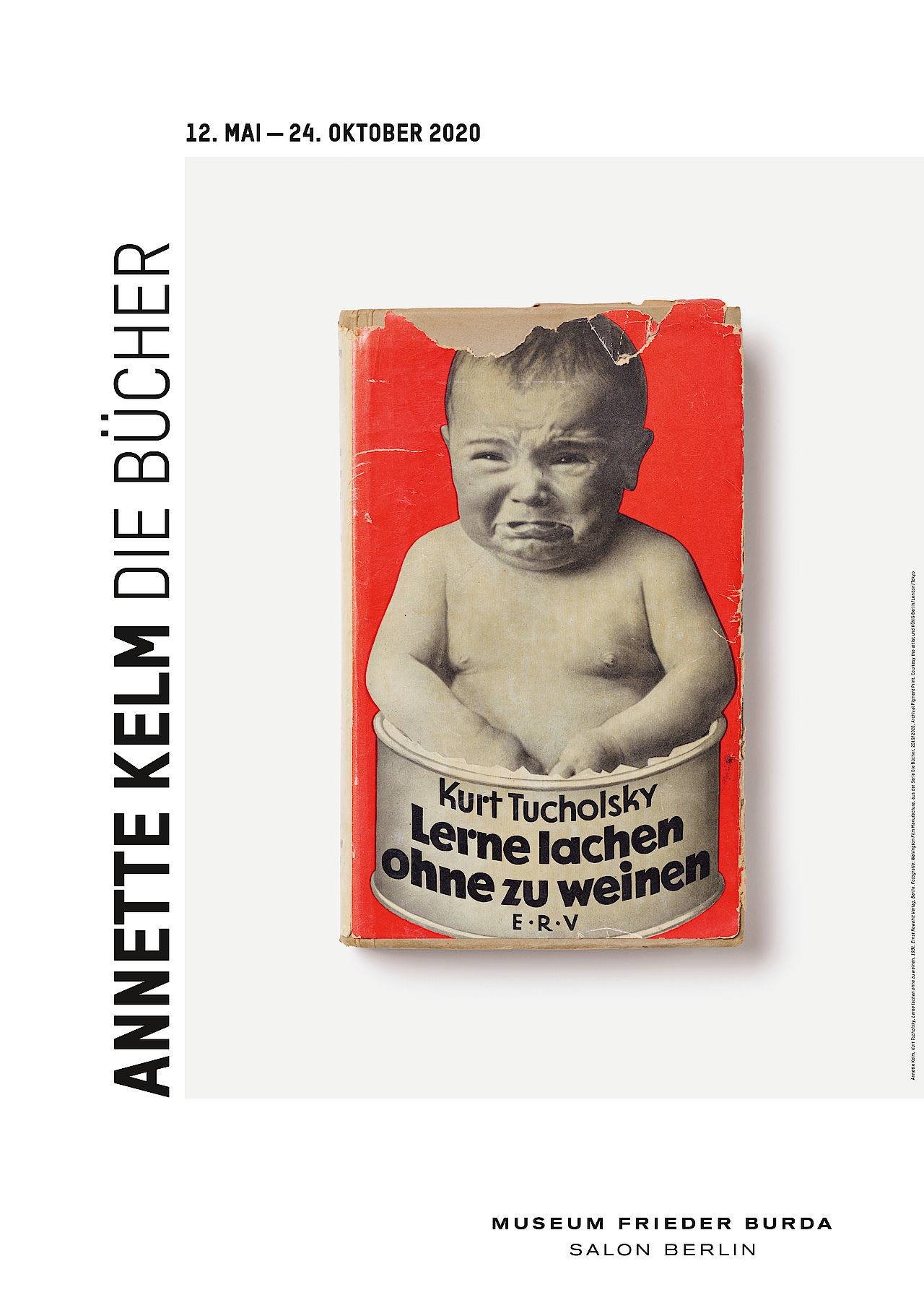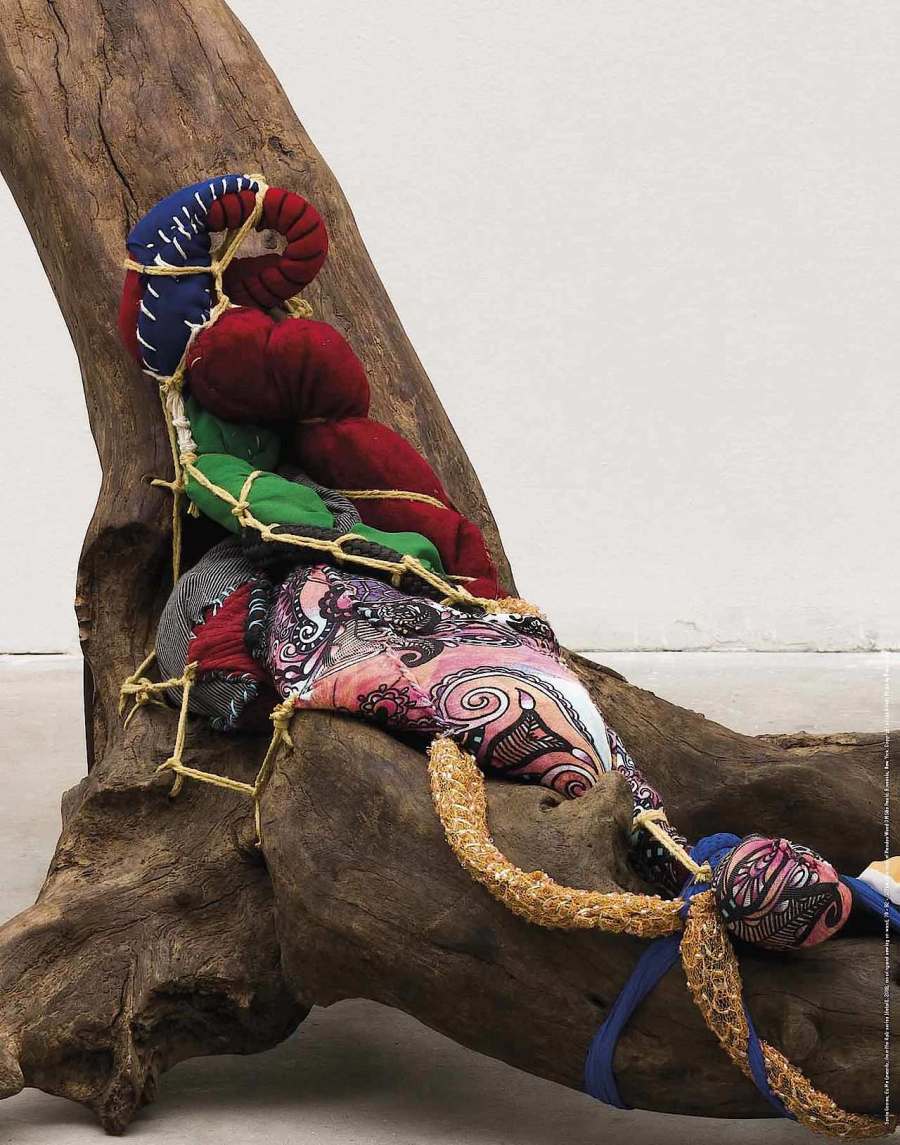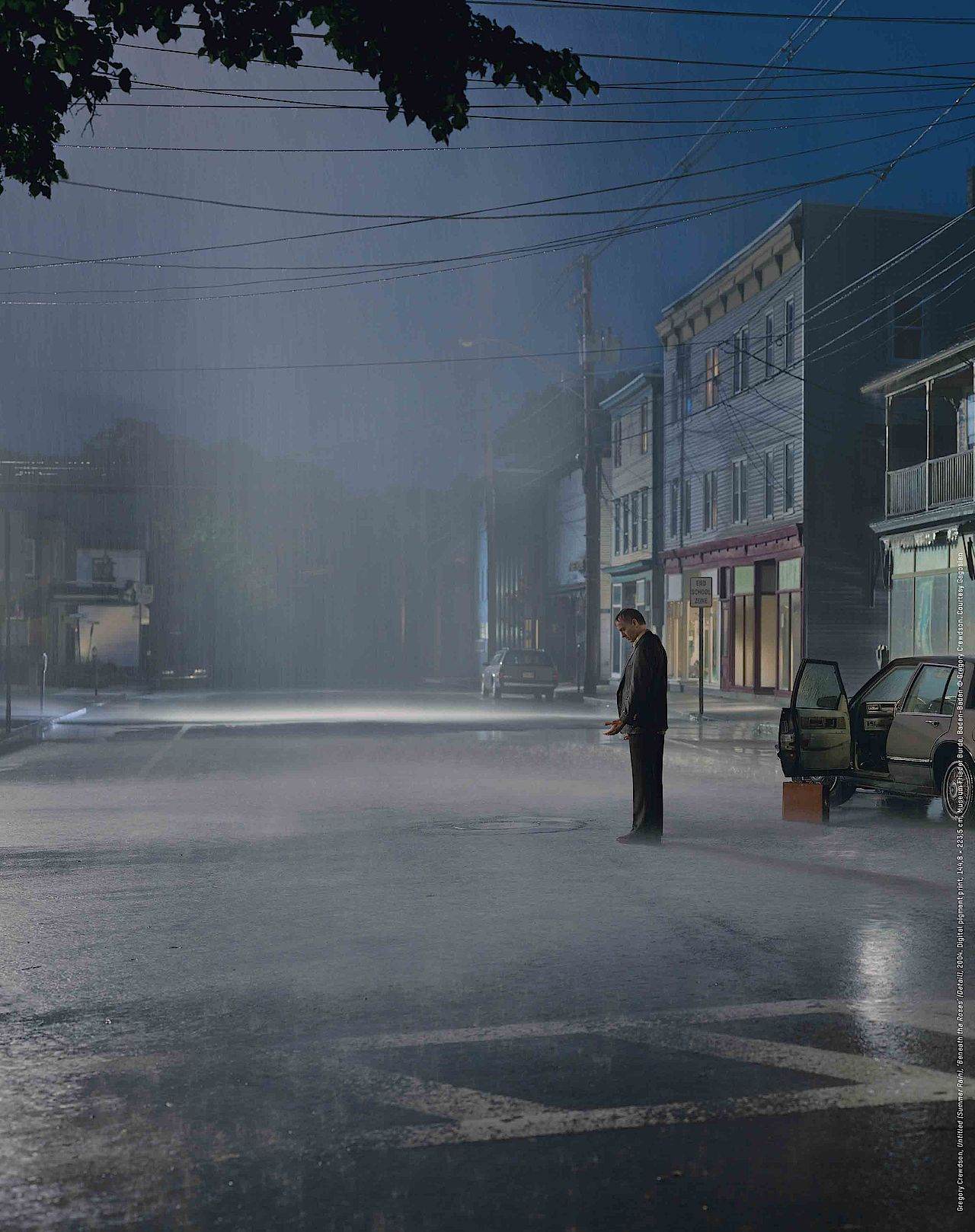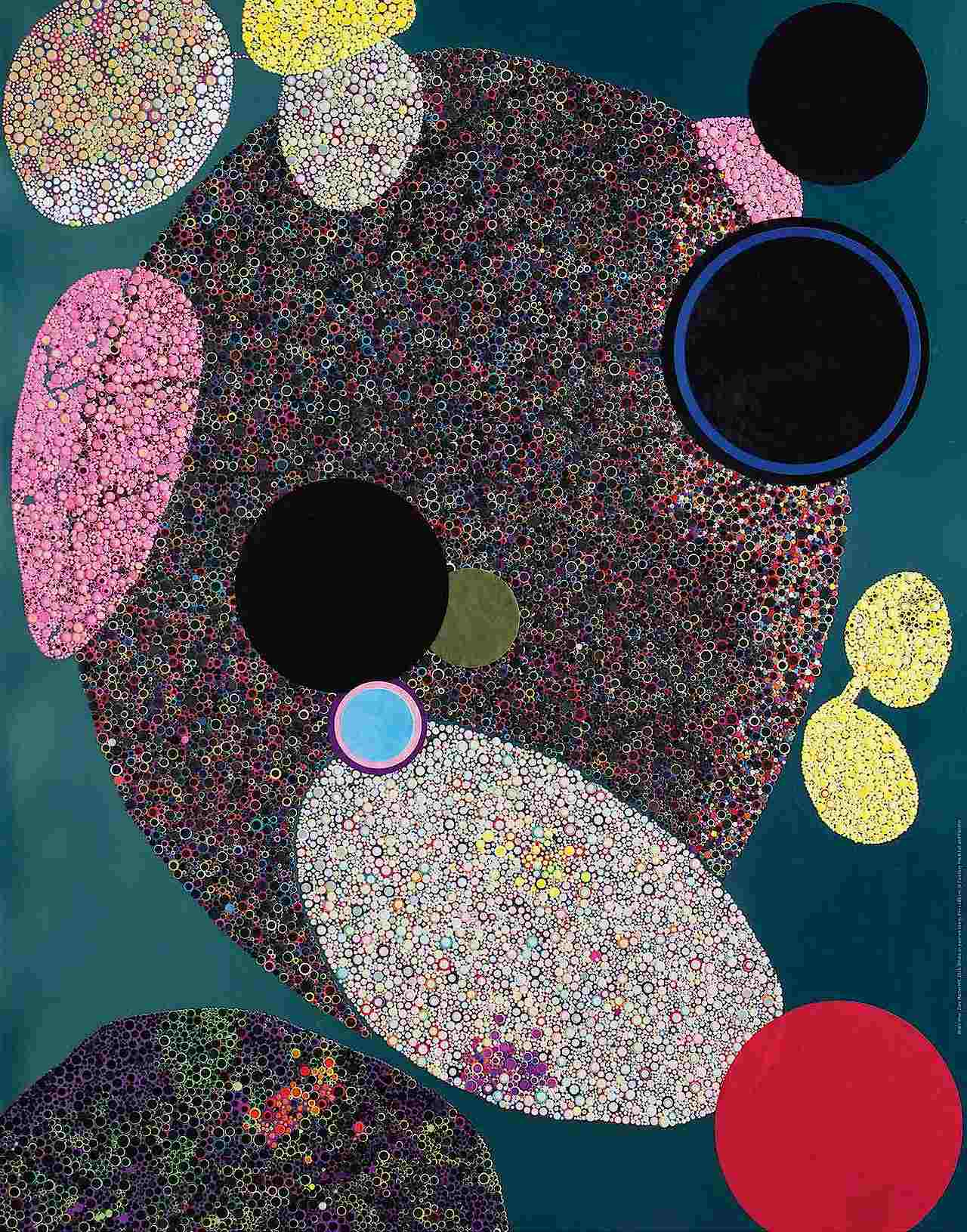With the exhibition Poetry of Light, the Museum Frieder Burda is celebrating one of the great pioneers of Abstract Expressionism: the painter, sculptor and photographer Richard Pousette-Dart (1916–1992). Around 140 works from six decades provide an opulent overview of the multifaceted oeuvre of one of the most important artists of American postwar abstraction.
Alongside colleagues such as Jackson Pollock and Mark Rothko, Pousette-Dart played a prominent role in the formation of the New York School, which ushered in the international triumph of free abstraction in the 1940s. Like many artists in the orbit of Abstract Expressionism, he extensively dealt with themes such as myth, archaism, and spirituality. Early works bear witness to his keen interest in European painting of the interwar period. From the 1960s onwards, he turned to large-format all-over compositions – colorful and heavily textured images which typically confront the viewer with the immersive power of an environment. A constant in Pousette-Dart’s work was his lifelong fascination with the emotional power of light – light as shimmer and glean, light as a dazzling iridescent reflection or light as a radiant force associated with the release of boundless energy and the power of illumination. This interest particularly comes to the fore in the numerous late paintings that seem to mirror the spellbinding beauty of the night sky – but also in compositions for which he drew inspiration from the magnificent sheen of medieval metalwork and Gothic stained-glass windows. The visual appeal of reflective sheen also underpins the many brass objects, which Pousette-Dart created throughout his lengthy career: handcrafted items that blur the boundaries between avant-garde sculpture and jewelry and which provide a lexicon of elemental forms that frequently recur in the artist’s painted imagery.
The exhibition Poetry of Light is a collaboration with the Richard Pousette-Dart Foundation in New York and the largest and most extensive show devoted to this important player in American post-war abstraction outside the US. The focus on painting is complemented by a carefully curated selection of sculptures, objects, drawings, and photographs. Among the many highlights of the exhibition are masterpieces of Abstract Expressionism which are made available by the Brooklyn Museum, the Museum of Modern Art, and the Whitney Museum of American Art in New York.


Until today the colorful imagery of Impressionism fascinates like no other art movement. The new type of painting, which emerged in 1860s France, is characterized by vibrant, high-keyed colors and the deployment of energetic, sketch-like brushstrokes. With Max Liebermann (1847–1935) as its famous figurehead, the revolutionary movement soon became the leading avantgarde in the German Empire. In terms of motifs, its artists explored a wide range of themes – from sun-drenched landscapes and atmospheric figure paintings to carefully arranged still lifes. The exhibition is a cooperation with the Museum Barberini in Potsdam and brings together around 100 masterpieces of German Impressionism – in addition to key paintings by Max Liebermann also numerous works by colleagues such as Lovis Corinth, Philipp Franck, Dora Hitz, Gotthardt Kuehl, Sabine Lepsius, Eva Stort, Max Slevogt, and Fritz von Uhde.
The more than 40 international lenders include the Alte Nationalgalerie in Berlin, the Galerie Neue Meister in Dresden, the Folkwang Museum in Essen, the Städel Museum in Frankfurt am Main, the Hamburger Kunsthalle, the Neue Pinakothek in Munich, the Musée d’Orsay in Paris as well as the Belvedere in Vienna.


